Table of Contents
Do you suspect your AC is not working properly? Well, that must certainly be your air conditioning compressor. In this weather of excessive heat, the one thing that relaxes all of us is the cool breeze of an AC. When you own an AC at your place, you should always keep in check all the things attached to your cooling system, whether it’s your AC capacitor and its proper functioning or any other problems your AC might cause. However, do you ever wonder about the importance of your compressor? And how necessary is it to add oil to the AC compressor? Well, we must tell you that 90 percent of the working and cooling of an air conditioner depends upon the compressor. Therefore, we are here to guide you if you are new to adding oil or are concerned about how much oil you must add to your compressor. Therefore, let us learn these tips and walk toward a cooler room!
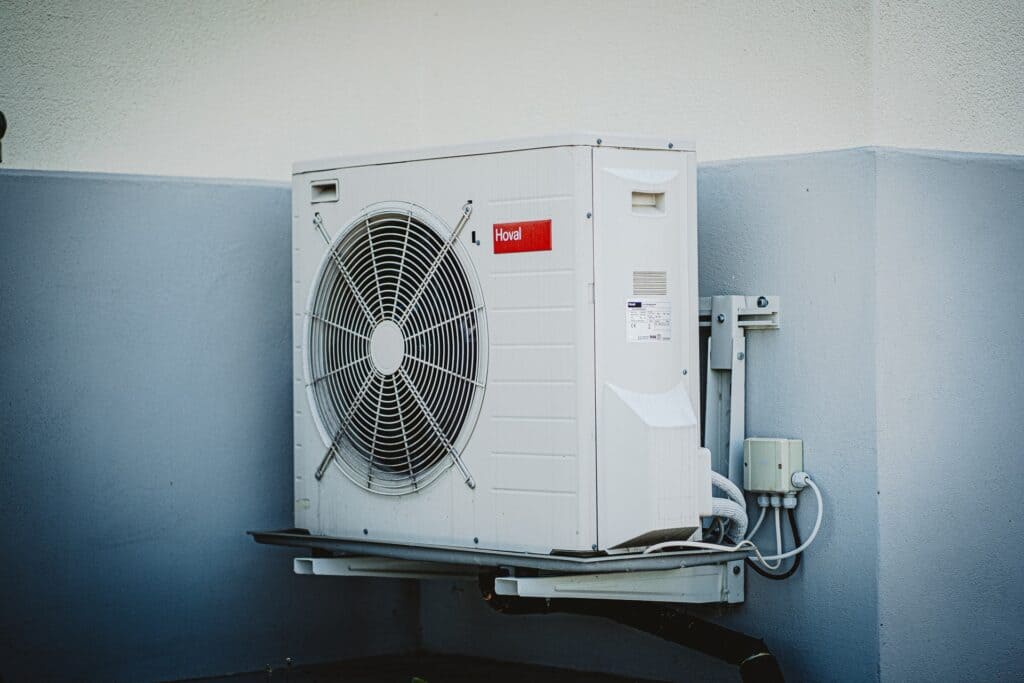
Add Oil to AC Compressor
One of the frequent bad symptoms of an AC compressor is not oiling it properly. An AC compressor’s longevity and functionality depend on the oil being added. It could be essential to add oil if your air conditioning system still doesn’t work after installing a new compressor or refilling with freon. To protect the environment and comply with legal requirements, freon must be captured using a reclaimer machine. After that, take the compressor off of your automobile with care, empty the old oil, replace it with the right kind and volume of oil, and put it back on safely. For a safe and accurate procedure, you are advised to seek assistance from a certified technician if you have doubts or need the appropriate tools. In addition to guaranteeing effective operation, proper maintenance encourages adherence to environmental regulations, which helps refrigeration systems be sustainable and reduces their adverse effects on the environment.
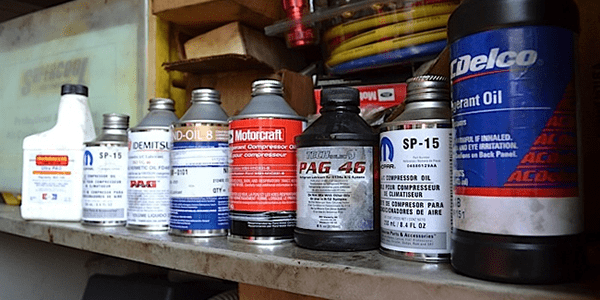
Adding Oil to AC Compressor: The Significance
An AC compressor’s longevity and functionality depend on the oil. Let us take a look at what is the significance of adding oil to your AC compressor.
· Lubrication
Oil lowers wear and friction by lubricating the compressor’s moving parts.
· Heat Dissipation
Oil aids in the dissipation of heat produced during compression, so averting overheating.
· Sealing
Sufficient oil levels help to ensure effective functioning, stop leaks, and seal internal components.
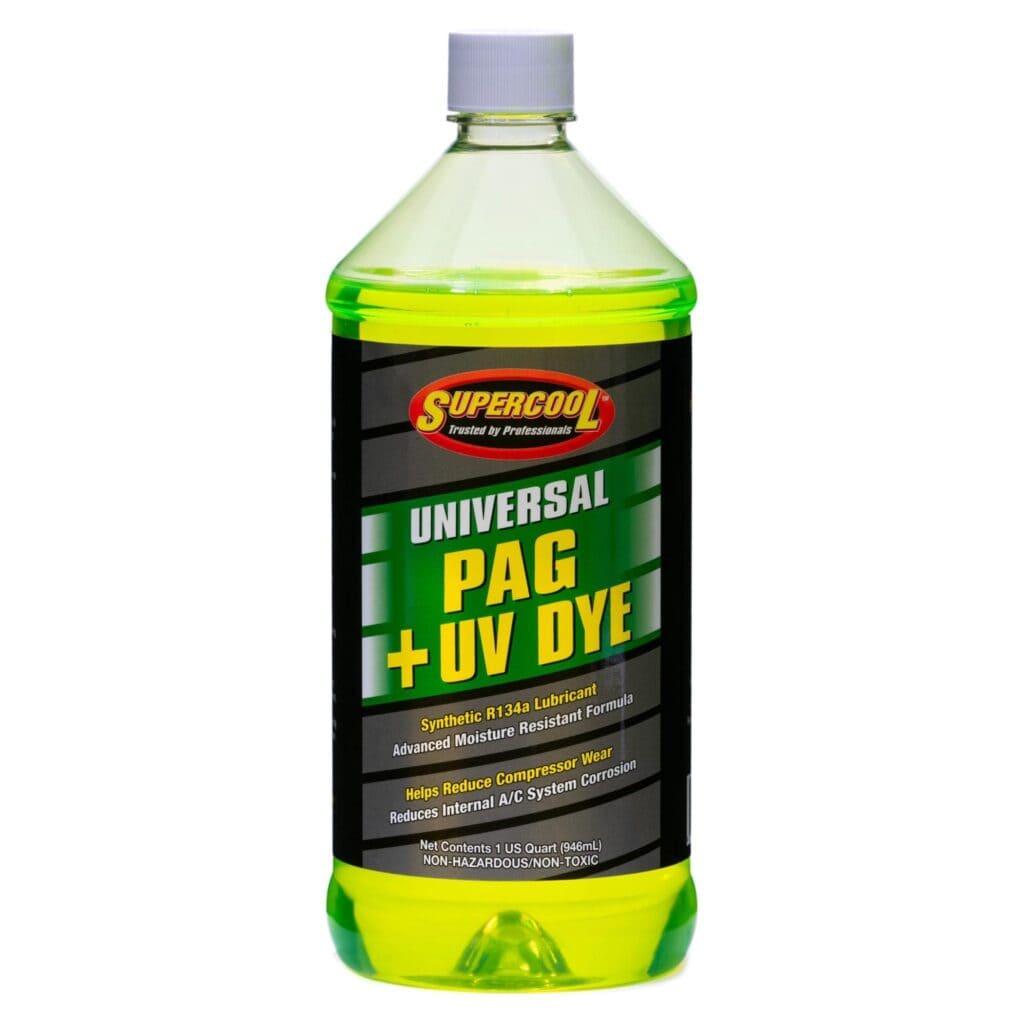
· Compatibility
Ensuring the oil is compatible with the compressor materials and AC refrigerant requires using the right kind and quantity.
· System Efficiency
Sufficient oil levels maximize the air conditioning system’s performance by boosting efficiency.
· Preventing Damage
A compressor failure brought on by inadequate oil can be expensive to fix or replace.
It’s essential to carefully add oil to the AC compressor, adhering to the manufacturer’s instructions, to prevent overfilling or underfilling, which might compromise system performance.
How to Add Oil to an AC Compressor: A Step-by-Step Guide
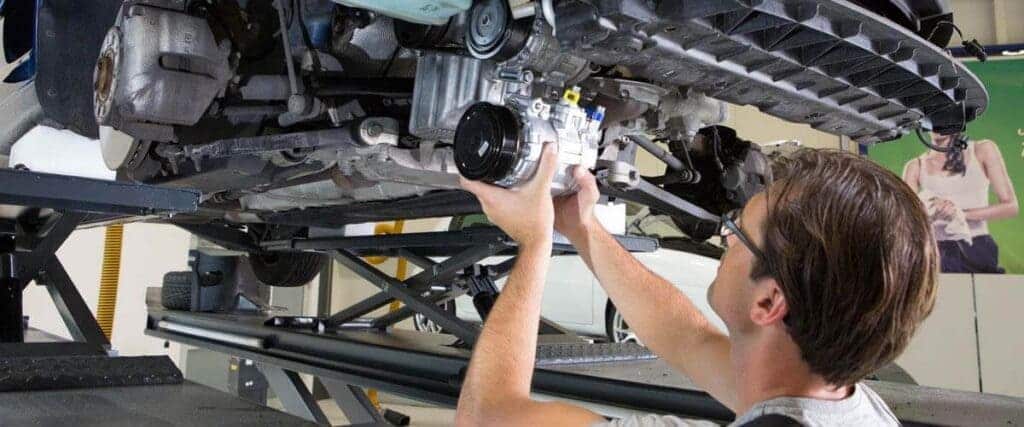
1. Removing the AC Compressor Before You Add Oil to an AC Compressor
It is crucial to remove the AC compressor from the air conditioning system before oiling it. This ensures that nothing goes wrong or is in danger. To remove the AC compressor correctly, follow these steps.
· Find the AC Compressor Location
Locate the air conditioning system’s AC compressor unit. Usually, it’s a silver metal cylinder with wiring, tubes, and belts attached to it.
· Set Up the Scene
Ensure there are no possible risks and that the environment is well-ventilated.
Disconnect the air conditioning unit to avoid any electrical hazards.
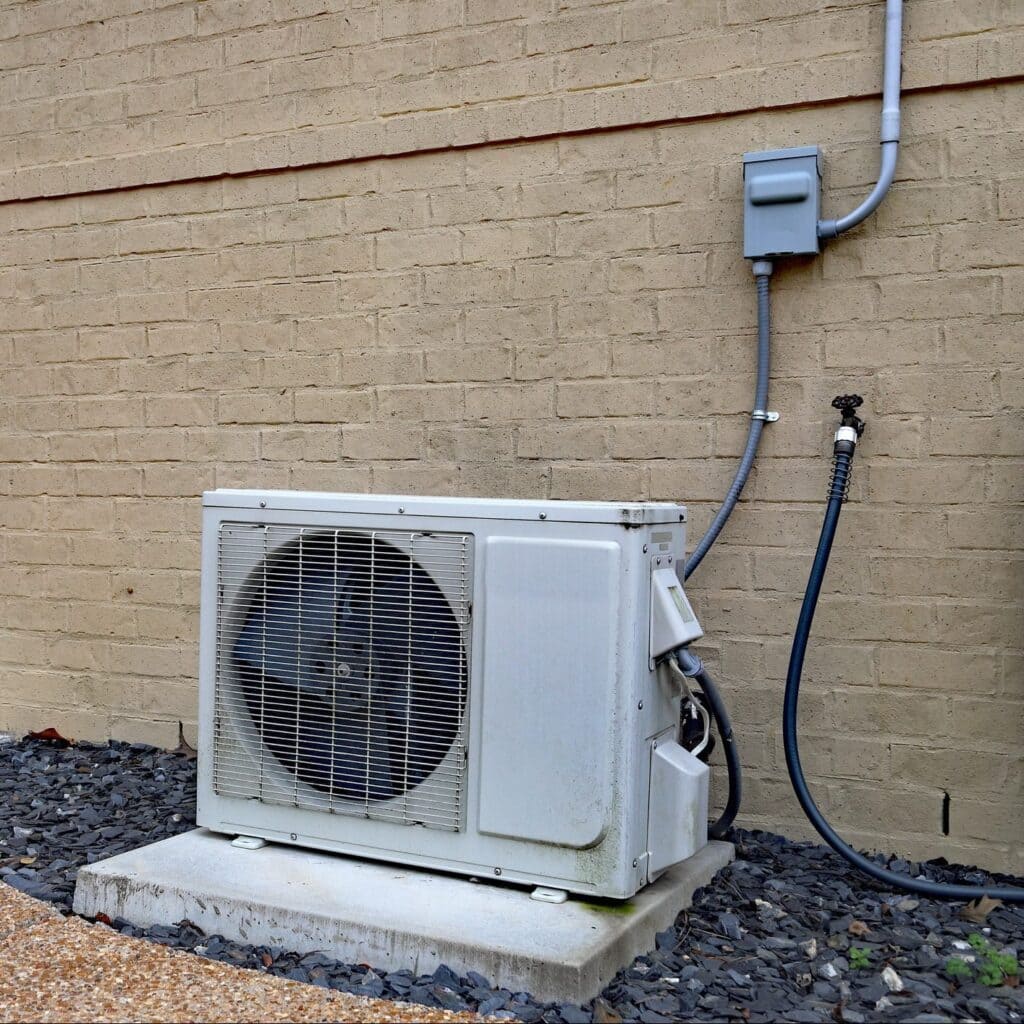
· Cut Off the Power Source
Turn off the AC compressor unit’s power source to prevent electrical mishaps.
The plastic wire connector that powers the compressor should be disconnected.
· Let Go of the Pressure
Attach a reclaimer machine to the compressor’s valves if any refrigerant needs to be collected and stored.
Open the compressor and reclaimer machine valves to catch the refrigerant and release pressure safely.
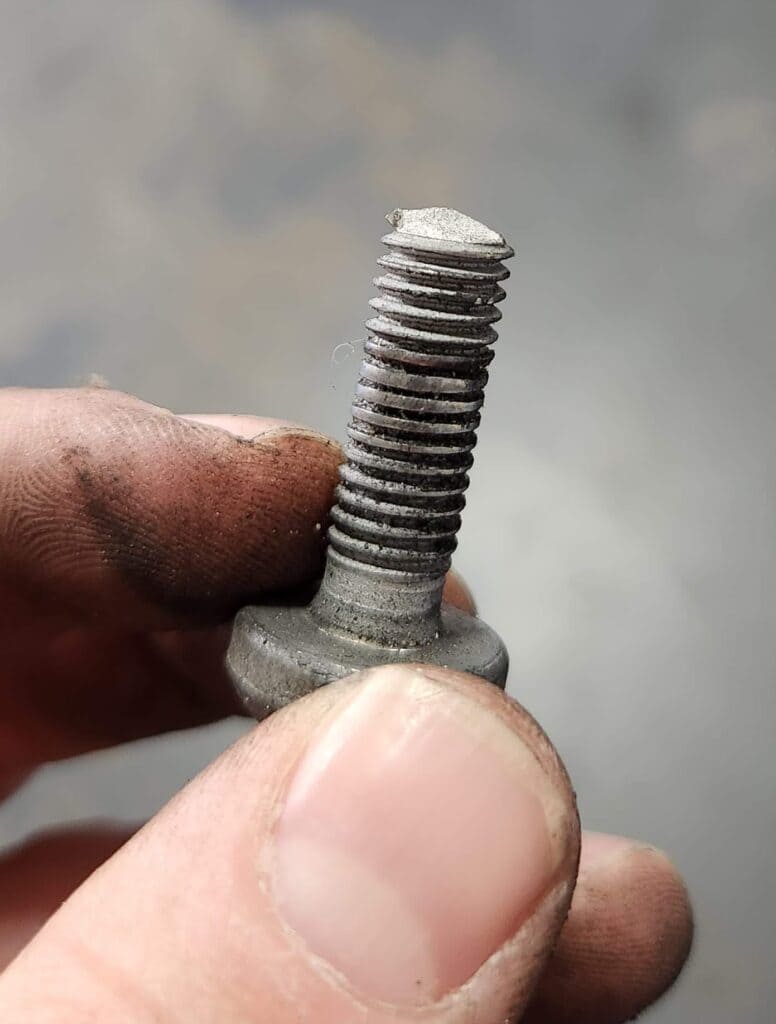
· Take off the mounting bolts.
Use the proper tools to remove the mounting nuts holding the compressor to its housing or bracket.
Store the bolts neatly and reserve them for subsequent reassembly.
· Take Pressure Lines Apart
Remove the nuts that secure the compressor’s high- and low-pressure pipes.
To stop refrigerant oil leaks, ensure the lines are correctly in proper seal.
· Take out the compressor.
Lift the compressor unit out of its bracket or housing with caution.
Ensure all cables, hoses, and belts are unplugged, and look for any loose connections.
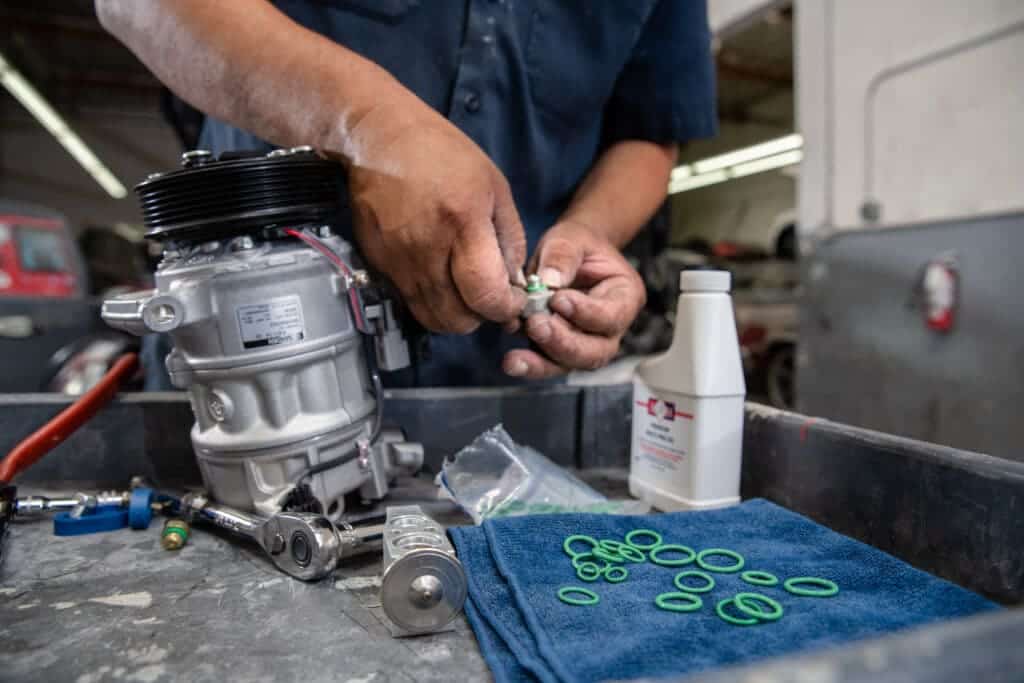
2. Draining and Replacing the Compressor Oil
Emptying and replacing the compressor oil in your air conditioning system is essential to guarantee maximum performance and longevity. Here’s how to do it successfully.
· Prepare the Compressor
Find and remove the AC compressor’s rear cap to get the compressor ready. It might need to be loosened with a wrench before being manually unscrewed. Ensure you have a sufficient container to properly gather and dispose of the used oil.
· Empty the Old Oil Before You Add Oil to AC Compressor
Turn the compressor upside down to ensure all the old oil is gone. Make sure that the compressor is empty of all remaining old oil. When fresh oil is added, any leftover oil could cause an overflow and possible damage.

· See the Owner’s Handbook
To find out the manual handbook and the kind and quantity of oil needed for your particular compressor, see the owner’s handbook or do some research. Following the manufacturer’s instructions might prevent damage from occurring, so using the incorrect type of oil is essential.
· Add Oil to AC Compressor
Hold the compressor vertically and pour the necessary new oil using a funnel. To prevent spills, be sure to pour it slowly. After filling, firmly screw the rear cap back on and make sure the seal is tight with a wrench.
· Cycle the Compressor
Rotate the clutch plate, which is the compressor’s black disk, three to four times to disperse the fresh oil throughout the machine. This ensures that the internal components are properly in lubrication and helps to circulate the oil.
These instructions will help you to properly empty and replenish the compressor oil in your air conditioning system, extending its lifespan and efficiency. Hence, maintaining your AC compressor regularly will ensure peak performance and save expensive repairs down the road.
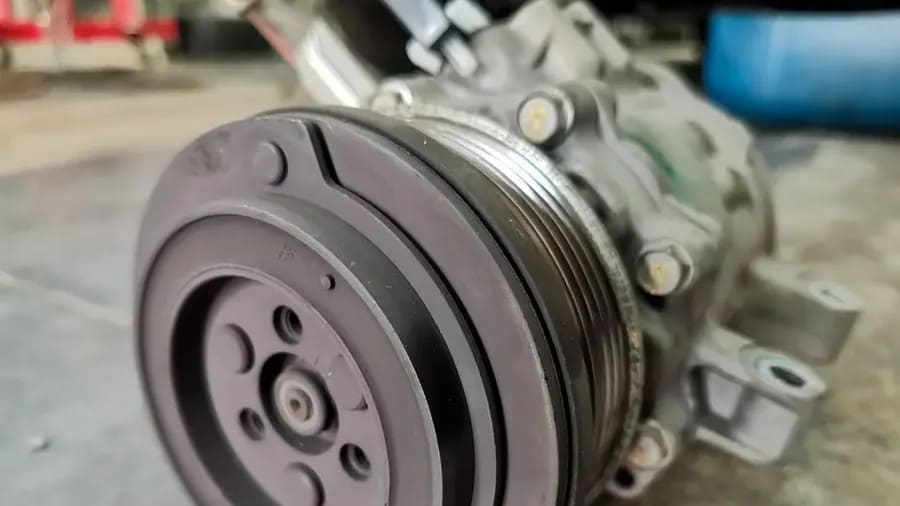
3. Installing the AC Compressor Back
· Mounting
The compressor is secure with four bolts.
To guarantee stability, tighten the bolts.
Check stability by giving it a little shake.
· Linking
Open the valves on the reclaimer machine.
Slide valves onto the pressure line valves of the compressor.
Press the down tab to secure the connection.
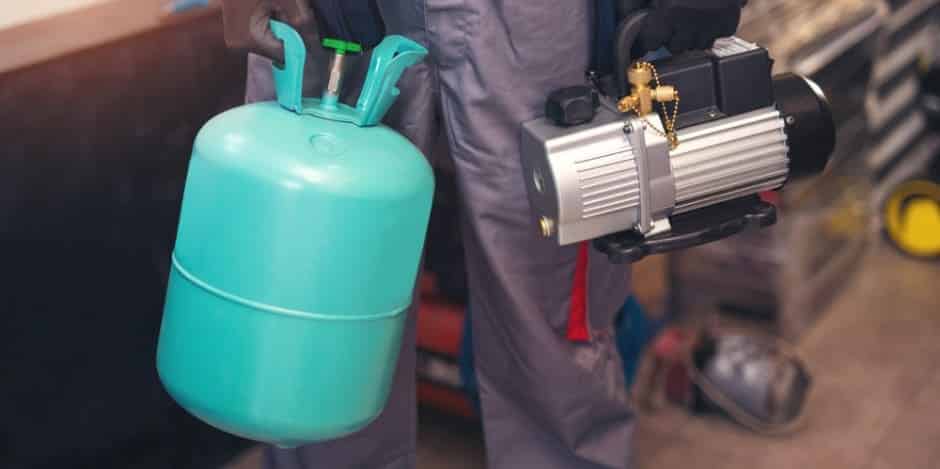
· Restoring Freon
Open the machine and compressor valves.
The, please turn on the machine and set it to restore.
Once the tank is empty, close the valves and disconnect them.
· Linking Back Lines
Connect the compressor’s pressure lines.
Fasten bolts firmly.
Use a light tug to confirm the connection.
· Connector for Wire
Firmly reattach the wire connector.
Use a light tug to check the connection.
Add Oil to AC Compressor: Final Thoughts
Coming to an end, we can gladly say you can now correctly maintain your AC compressor oil since you know how to add oil to an AC compressor without a vacuum and how important it is to lubricate air conditioning systems. Your AC system’s durability and efficiency is possible by following the step-by-step instructions in this blog, which include removing the compressor, draining and refilling the compressor oil, and reinstalling the unit. Remember how important it is to use the right kind and quantity of oil, such as PAG 46 oil, and refer to the compressor manufacturer’s recommendations for your particular equipment.
In conclusion, regularly maintaining your air conditioning system will lower the likelihood of high-pressure problems and extend the compressor’s life. This includes adding oil to the AC compressor when needed. Hence, your air conditioning system will continue to function correctly for many years if you know how to apply your AC a/c compressor the next time.

